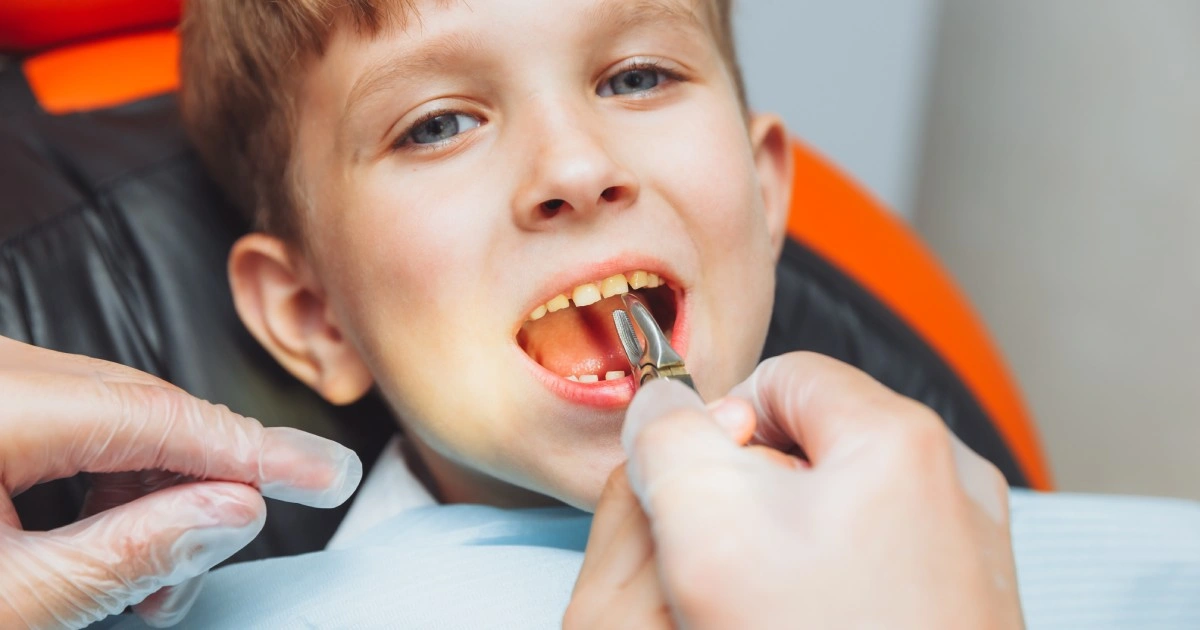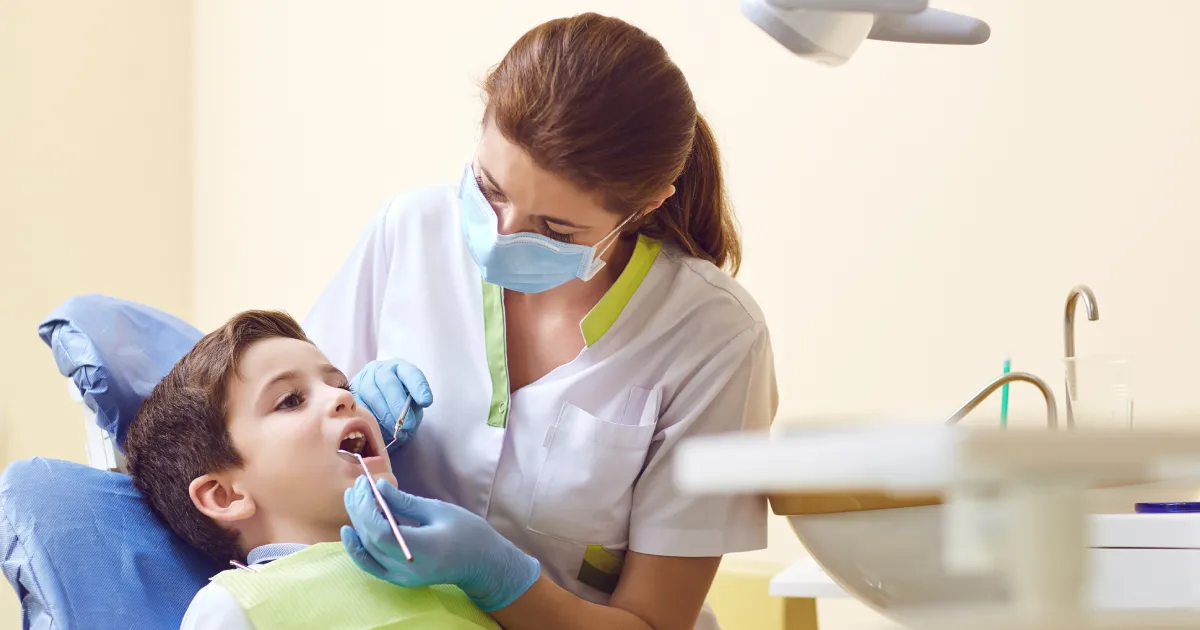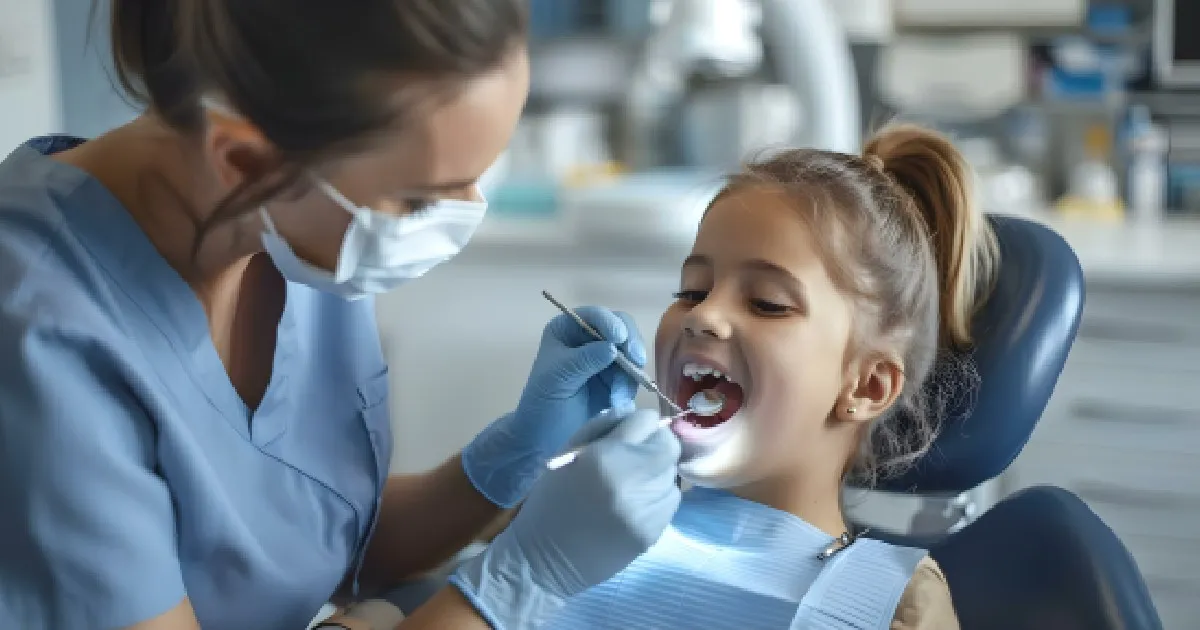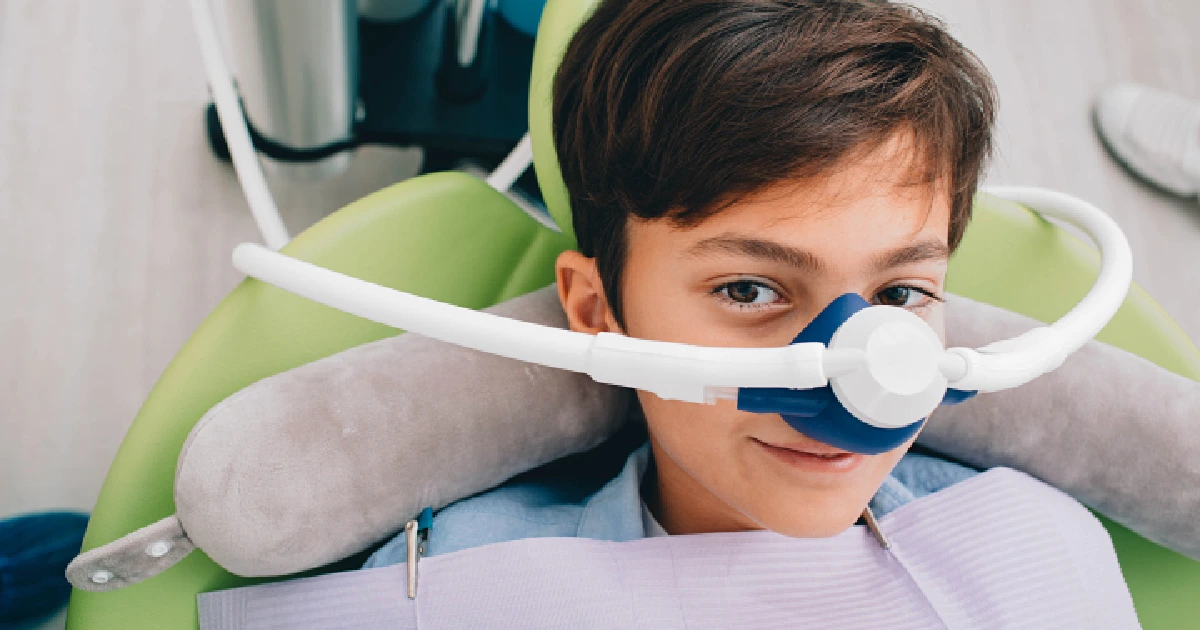Laughing gas, or nitrous oxide, is a reliable ally in medical and dental treatments. Its distinct qualities deliver relaxation and alleviate pain, marking its importance in children’s care. As young ones encounter treatments that might trigger anxiety, experts frequently rely on this gas for a more seamless procedure. Solomon Kids Dentistry is a guiding light for those searching for an unparalleled wellness journey. Gaining insight into how nitrous oxide operates within a child’s system clarifies its role and highlights its crucial role in offering our little one kind-hearted care.
What is Nitrous Oxide? A Comprehensive Breakdown
The anesthetic and analgesic properties of nitrous oxide make it useful in medical and dental procedures. Administered through a mask, it induces relaxation without causing unconsciousness. While safe under professional guidance, it’s also a potent greenhouse gas, warranting careful environmental consideration.
- The Basics of Nitrous Oxide: Colorless and sweet-smelling nitrous oxide is also called “laughing gas.”. It’s a chemical compound with the formula N₂O and is naturally present in the Earth’s atmosphere in trace amounts.
- Historical Background: Sir Humphry Davy first identified the anesthetic properties of nitrous oxide in the late 18th century. Since then, it has been pivotal in medical and dental procedures.
- Primary Uses: Dentists commonly use nitrous oxide to calm anxious patients and numb pain during procedures. In medicine, it is an anesthetic and analgesic, especially during minor surgeries.
- How It’s Administered: Nitrous oxide gets delivered to patients through a mask that fits over the nose. It’s often mixed with oxygen to ensure safe and effective inhalation.
- Immediate Effects on Patients: Upon inhalation, patients typically feel a sense of euphoria, relaxation, and sometimes light-headedness. It doesn’t put patients to sleep; they remain conscious and can communicate during the procedure.
- Safety and Precautions: Nitrous oxide is safe when administered by trained professionals and in controlled amounts. However, prolonged exposure or misuse can lead to potential side effects.
- Environmental Impact: Nitrous oxide is also a greenhouse gas. Though its concentration in the atmosphere is low, it’s potent and can contribute to global warming. Efforts are ongoing to reduce its environmental footprint, especially in industrial applications.
How Does Nitrous Oxide Work? A Detailed Exploration
Understanding the mechanism of nitrous oxide provides insights into its efficacy and safety. A unique set of properties makes it a popular choice among practitioners aiming to relieve pain and maintain patient comfort.
- Immediate Interaction with the Body: Nitrous oxide enters the bloodstream through the lungs, traveling to the brain.
- Induction of Relaxation: Nitrous oxide releases the body’s natural opioids, leading to warmth and euphoria.
- Pain Perception Reduction: The gas affects the brain’s pain receptors, diminishing the patient’s perception of pain and discomfort.
- Conscious Sedation: Unlike some anesthetics, nitrous oxide doesn’t induce deep unconsciousness. Patients remain alert and can respond to stimuli.
- Rapid Onset and Offset: The effects of nitrous oxide manifest quickly after inhalation and dissipate rapidly once the supply stops, allowing patients to recover swiftly.
- Memory Impact: Some patients experience short-term memory loss during the procedure, often forgetting the specifics of the treatment.
- Safety Mechanism: Nitrous oxide is often mixed with oxygen during administration, ensuring patients receive adequate oxygen levels throughout the procedure.
- Neurotransmitter Influence: The gas influences several neurotransmitters, particularly dopamine, which plays a role in mood regulation and the sensation of pleasure.
The Role of Nitrous Oxide in Pediatric Care
Nitrous oxide’s application in pediatric care showcases its importance in ensuring children’s comfort and safety. Its adaptability and effectiveness make it a valuable tool in various medical scenarios involving young patients.
- Easing Dental Anxiety: Dentists use nitrous oxide to calm young patients who might feel nervous about dental procedures, ensuring a stress-free experience.
- Minor Surgical Procedures: In pediatric surgeries, nitrous oxide relieves sedation and pain, making procedures like stitches or minor skin treatments more bearable for children.
- Quick Recovery Time: Children can return to normal activities immediately after nitrous oxide treatment.
- Safety First: Proper dosage and monitoring are crucial. Trained professionals ensure that children receive the right amount of gas, minimizing potential risks.
- Comfort Over Fear: The familiar feeling of a mask and the gentle onset of relaxation can transform a potentially scary experience into a comfortable one for children.
- Versatility in Application: Beyond dental and medical settings, nitrous oxide assists in procedures like setting broken bones or during specific diagnostic tests.
- Parental Presence: Often, parents can remain with their child while administering nitrous oxide, providing additional comfort and assurance.
- Educating Parents: Before using nitrous oxide, professionals actively inform parents about its benefits, potential side effects, and post-procedure care, ensuring transparency and trust.
Safety Measures for Children: Ensuring Secure Use of Nitrous Oxide
Trained professionals administer nitrous oxide to children with the utmost care, ensuring the correct dosage based on age and weight. Medical staff also prioritize educating parents about the process, emphasizing collaboration and child safety.
- Professional Administration: Only trained and certified professionals administer nitrous oxide to children, ensuring the highest safety standards.
- Correct Dosage: Specialists carefully calculate and deliver the appropriate dosage based on a child’s weight and age, preventing potential overdoses.
- Continuous Monitoring: Throughout the procedure, medical staff closely monitor the child’s vital signs, including heart rate, oxygen levels, and respiratory rate.
- Oxygen Mixture: To guarantee safe inhalation, nitrous oxide often gets mixed with oxygen, ensuring children receive adequate oxygen during the procedure.
- Immediate Availability of Emergency Equipment: Medical facilities keep emergency equipment on hand, ready to address unexpected reactions or complications.
- Pre-procedure Health Check: Before administering nitrous oxide, professionals assess the child’s overall health, considering allergies, respiratory issues, or other medical conditions.
- Post-procedure Observation: After the procedure, children remain under observation until the effects of the gas wear off, ensuring they are stable and ready to go home.
- Educating Parents and Guardians: Medical staff actively inform parents about the safety measures in place, potential side effects, and post-procedure care, fostering a collaborative approach to child safety.
Consult a Professional
Prioritizing the safety of young patients is paramount when using nitrous oxide. By adhering to stringent safety measures, professionals ensure that children benefit from the therapeutic effects of the gas without compromising their well-being. We recognize the importance of trust in pediatric care and are committed to excellence in every procedure. Consulting with a professional pediatric dentist will clarify and guide individuals toward the best oral treatment option.
Takeaway
Our dedication to the well-being and comfort of our young patients is at the heart of what we do at Solomon Kids Dentistry. With rigorous safety measures and expert application of nitrous oxide, we ensure a stress-free and positive experience for every child. Contact us for a compassionate and professional approach to your child’s dental needs. Book an appointment or contact Solomon Kids Dentistry today. Let us be a part of your child’s journey to a radiant smile.





